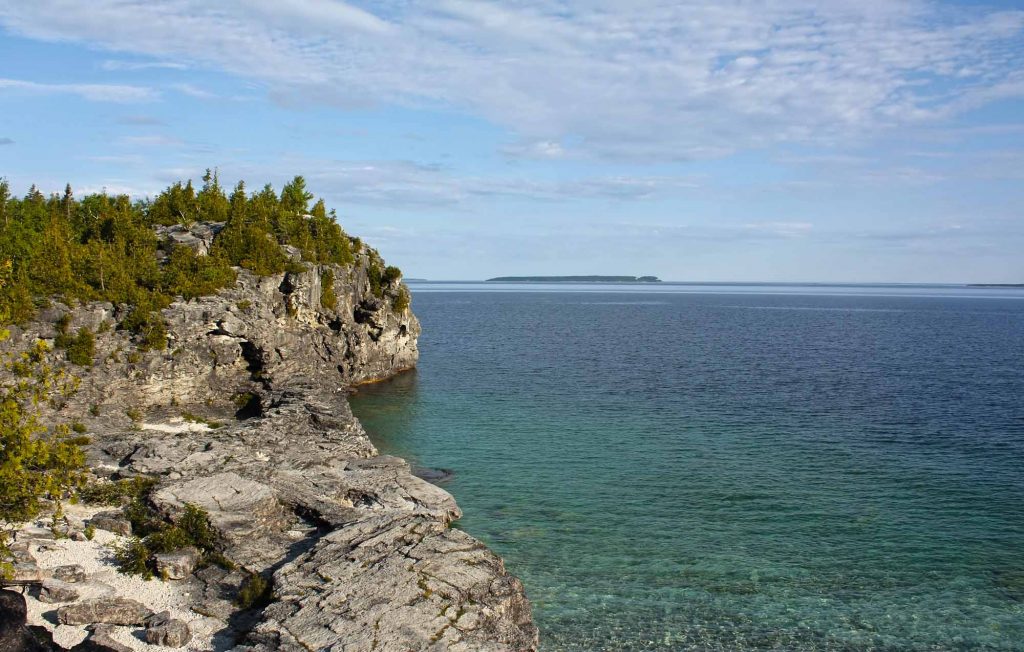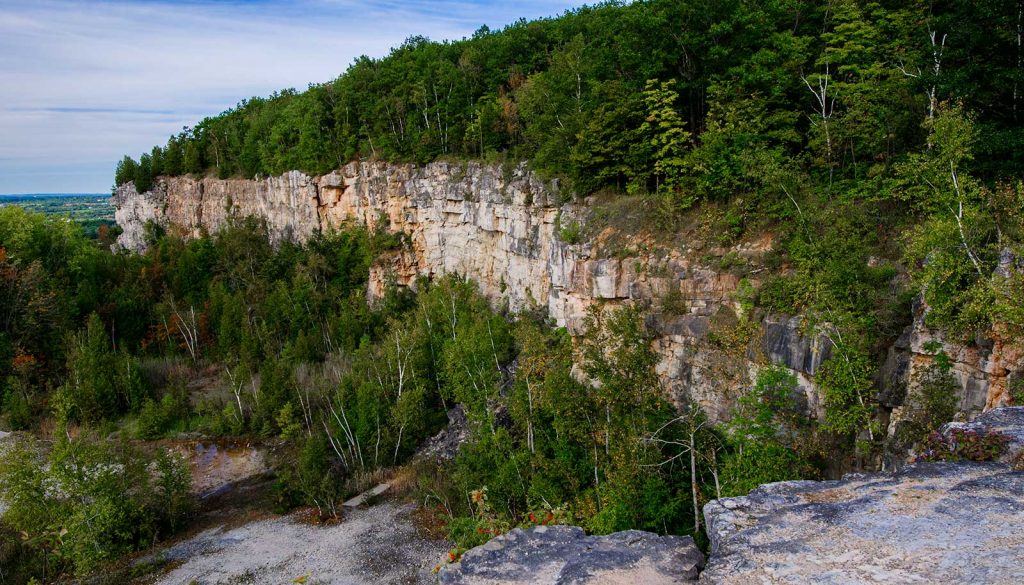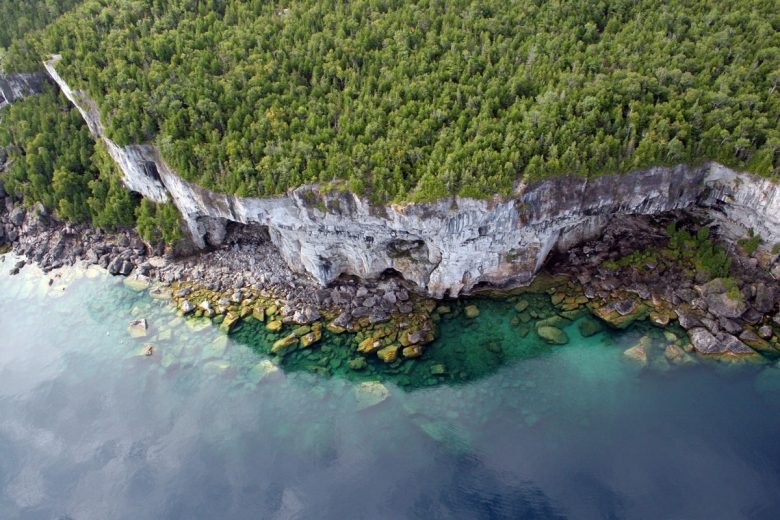The Niagara Escarpment is a long escarpment that runs east-west from New York, Illinois, and Wisconsin. It is best known as the cliff over which the Falls plunge. The escarpment is a major attraction in and of itself, but it also has a fascinating history. Read on for more information on the escarpment and its history. This landmark of Niagara Falls has been a source of pride for visitors for generations.
The Niagara Escarpment was formed in the last few million years, when the area was covered with tropical seabed sediments. The compression of these sediments produced dolostone, a magnesium-rich limestone that forms the core of the biosphere reserve. As a result, the rock weathered rapidly, leaving dramatic cliffs and sea stacks. The escarpment is home to a flora and fauna diversity.
The Niagara Escarpment is comprised of several layers of rock

The highest point is 429 m. The rock layers are hidden by thick glacial deposits, which are made of limestone. The escarpment is then buried and reappear farther north. It is the largest expanse of forested land in all of Canada. The landscape is home to a wide range of wildlife. More than 300 bird species, 61 mammals, 90 fish, and 100 different varieties of flora and fauna are present in this protected environment.
Despite being a natural feature, the Niagara Escarpment is also home to farms, recreation areas, and historic sites. It is home to a slew of wetlands and pebbled beaches and is surrounded by a multitude of towns, villages, and cities. The entire region is connected by the Bruce Trail. So, if you are looking for a beautiful place to explore, the Niagara Escarpment is a great choice.
The Niagara Escarpment is a prominent feature in the area of the peninsula

It is made up of many north-facing slopes that range from the single bench of Beamsville to the double bench of the Twenty Mile Bench to the undulating hills of the east. Throughout the peninsula, many streams come from the Niagara Escarpment and cut through the land. These streams provide a natural source of groundwater and are important for drainage during the spring melt.
The Niagara Escarpment supports a variety of ecosystems and is home to many species of plants and animals. It is also the home to rare alvars, 1,000-year-old cedar trees, and other unique plant and animal life. In fact, there are 109 threatened or endangered species in the area. It is an area of global significance, a UNESCO biosphere reserve, and a biosphere reserve.
The Niagara Escarpment is a prominent feature in the area of southern Ontario. It is a cliff-like ridge of rock that extends from eastern Wisconsin to the western part of Michigan. Located east of the Falls, the Escarpment is home to several wind farms, ski areas, and other types of businesses. It is a unique eco-system in the area and has a rich history of cultural and natural life.


